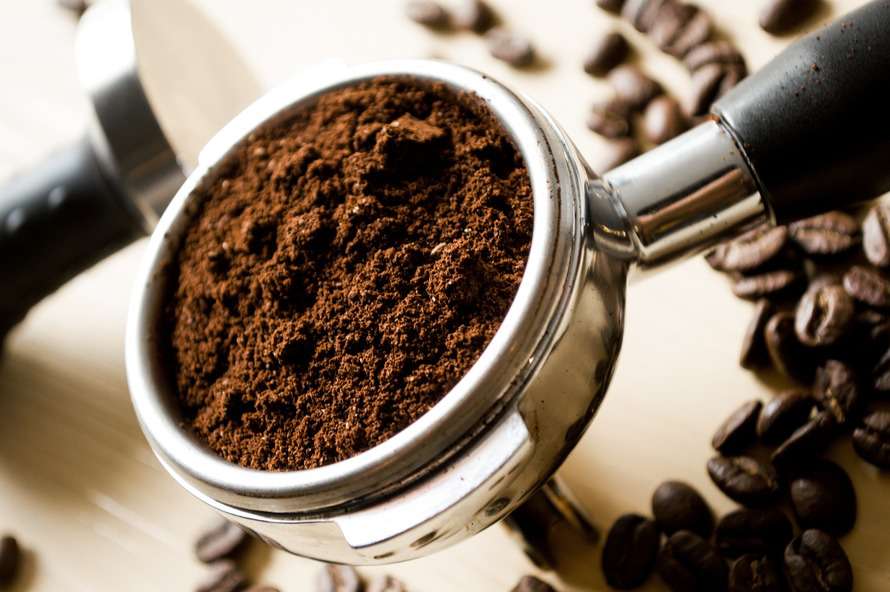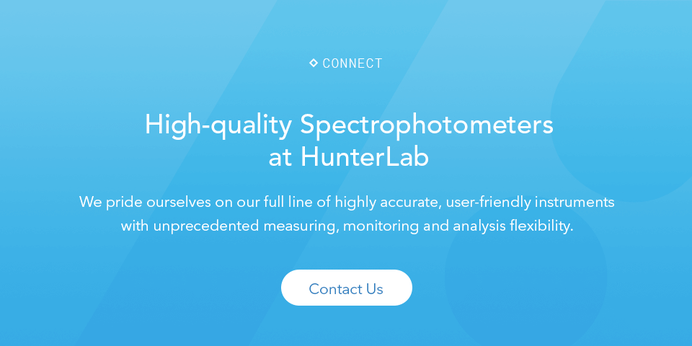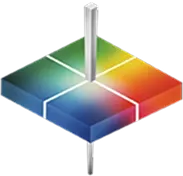
Portable Spectrophotometers
Portable spectrophotometers are lightweight, handheld instruments that allow you to capture color measurement in any environment, from the lab to the production line to packaging and shipping departments. While portable instruments used to be limited to single beam configurations, technological advances in dual beam spectrophotometry have allowed HunterLab to integrate dual beam technology in all of our handheld spectrophotometers, improving accuracy, reliability, and functionality. These sophisticated instruments may be used in both RSIN and RSEX modes to allow you to capture only the information you want, giving you unprecedented insight into your food products at the touch of a button.
Benchtop Spectrophotometers
Benchtop spectrophotometers combine flexibility and accuracy in a compact package ideal for laboratory use in both research and process control applications. These versatile instruments are available in a variety of optical geometries and are capable of capturing both reflectance and transmission data with the highest degree of precision, allowing them to be used with a full range of sample types including liquids, powders, and solids. HunterLab’s benchtop spectrophotometers incorporate integrated height measurement to account for texture variation, allowing you to analyze nonuniform food products with the highest level of accuracy.
In addition to general purpose benchtop instruments, HunterLab offers three specialized spectrophotometers designed specifically for food color analysis in different areas of the food industry:
- ColorFlex EZ Citrus: This reflectance instrument allows you to easily capture Citrus Number, Citrus Redness, and Citrus Yellowness data in orange juice concentrates, grapefruit juices, and lemon juices. In addition to citrus values, the ColorFlex EZ Citrus is able to analyze virtually any opaque or semi-opaque liquid and may be used with a number of color scales.
- ColorFlex EZ Coffee: The ColorFlex EZ Coffee was designed to measure the color of roasted coffee grounds and instant powders to easily produce HunterLab Coffee Color Index (HCCI), SCAA Number, and SCAA Roast Classification data as well as a wide range of other colorimetric and spectral data indexes. In addition to coffee, this instrument may be used to measure a wide range of non-coffee samples, including liquid, semi-solid, solid, and powders.
- ColorFlex L2 Tomato: The ColorFlex L2 Tomato uses 45º/0º geometry to measure tomato color in all fresh and processed forms, including ketchup, catsup, paste, sauce, and juice. The instrument’s specialized firmware allows you to easily capture tomato color scale information such as Tomato Paste Score (TPS), Tomato Catsup Score (TCS), Tomato Juice Score (TJS), Lycopene Index, and Fresh Tomato Color Index (FTCI). However, the ColorFlex L2 Tomato is not limited to just tomato product analysis; this sophisticated spectrophotometer may be used to measure non-tomato liquid, semi-solid, powder, and solids on a wide range of color scales.

HunterLab’s ColorFlex EZ Coffee allows you to capture the color of ground coffee with the highest level of accuracy and precision. Image Source: Pexels user eliasfalla


